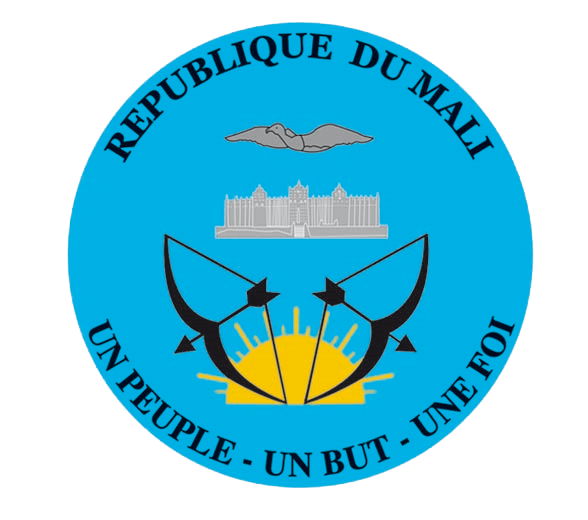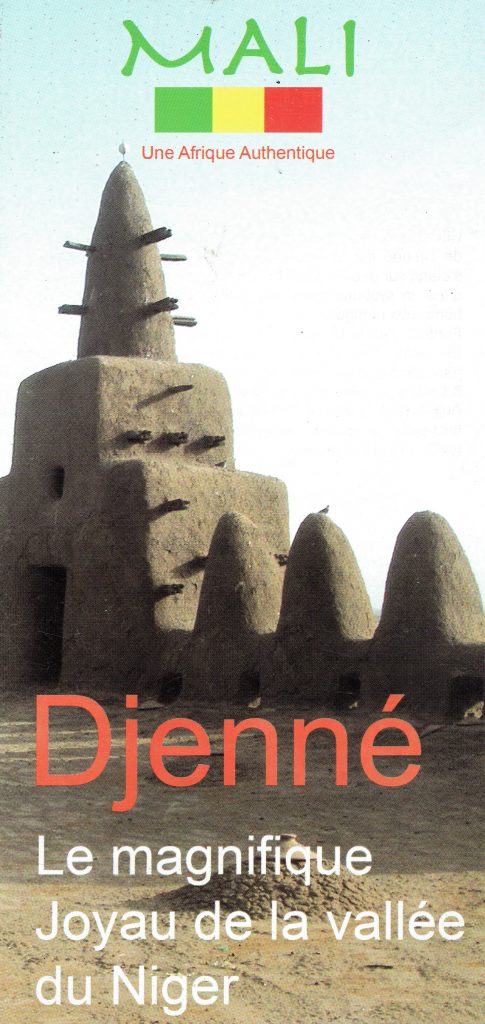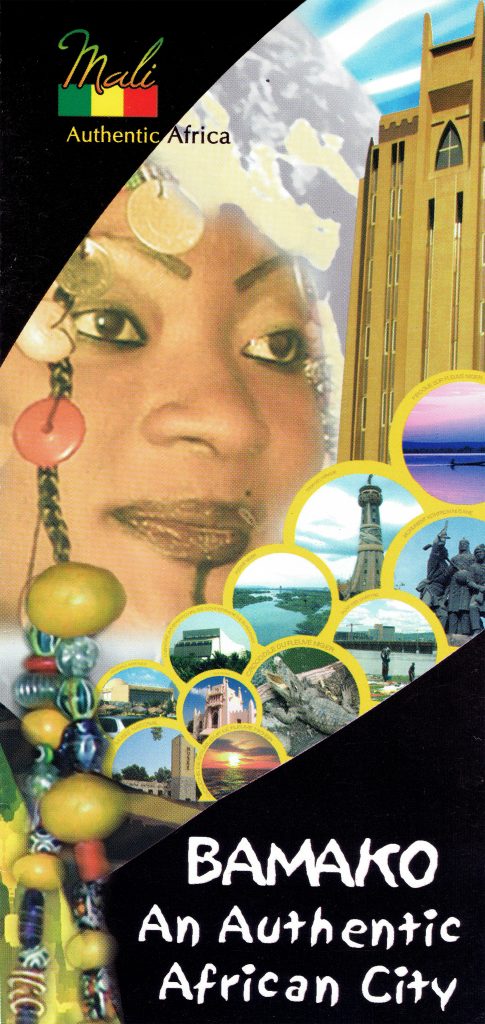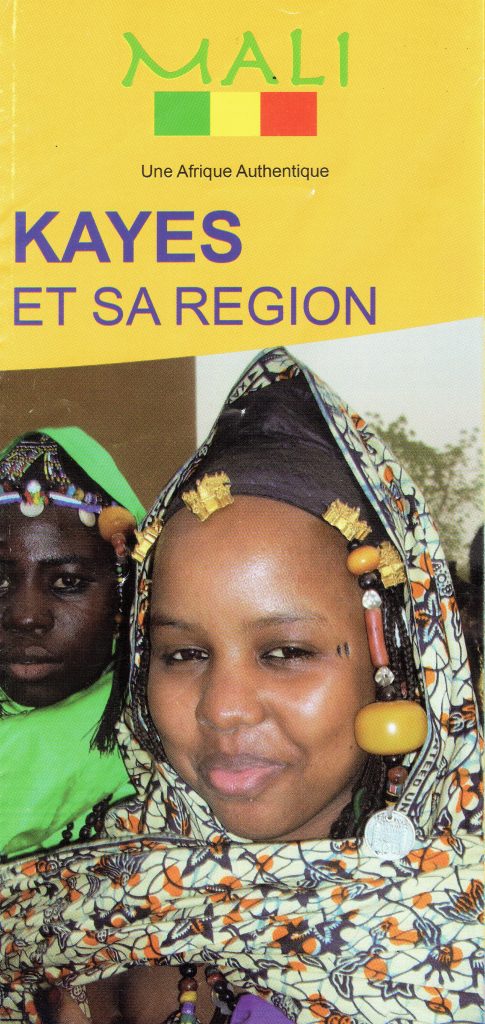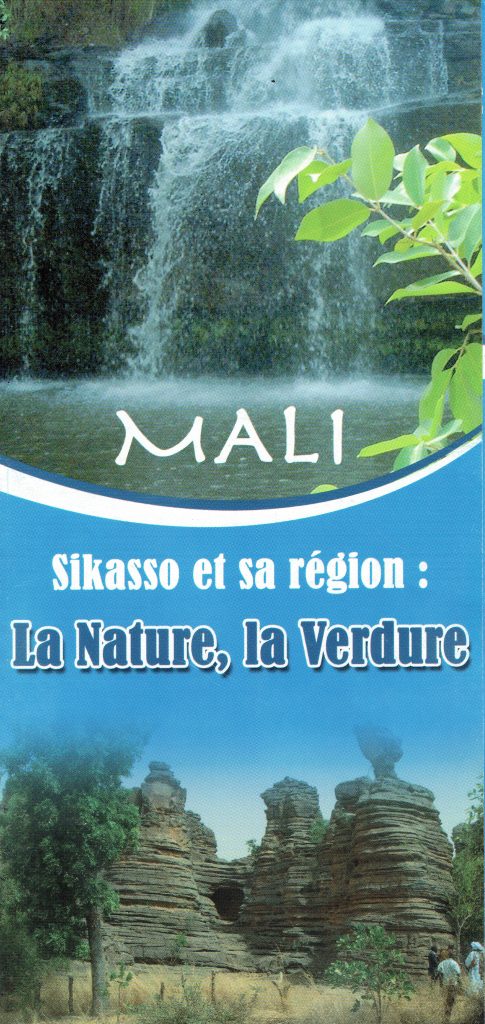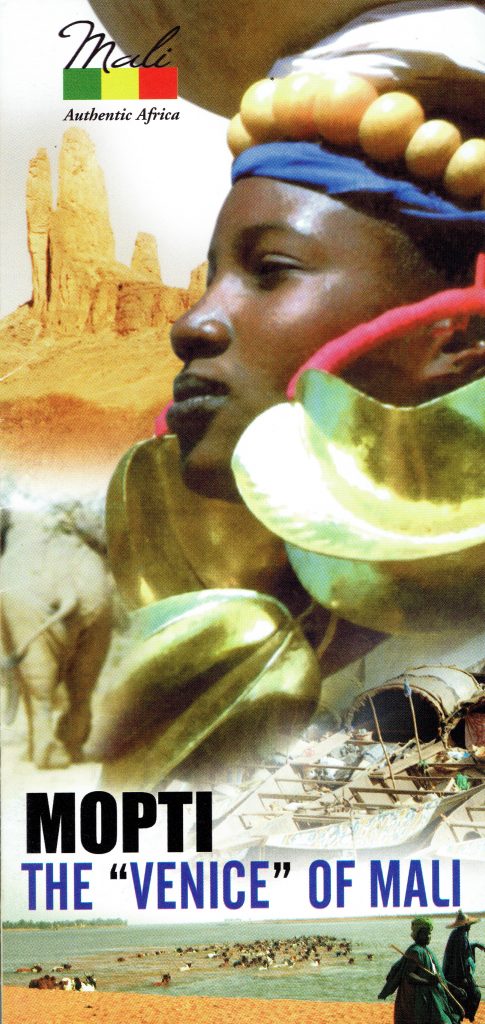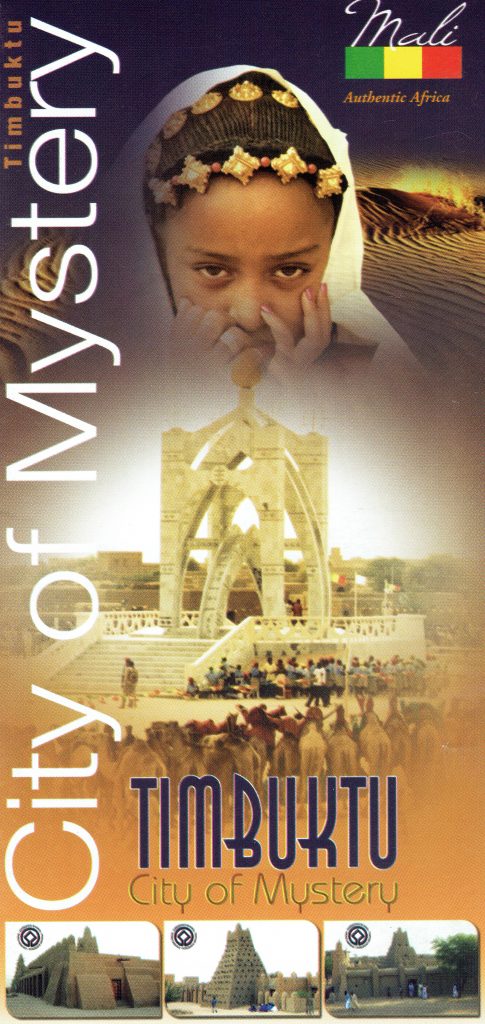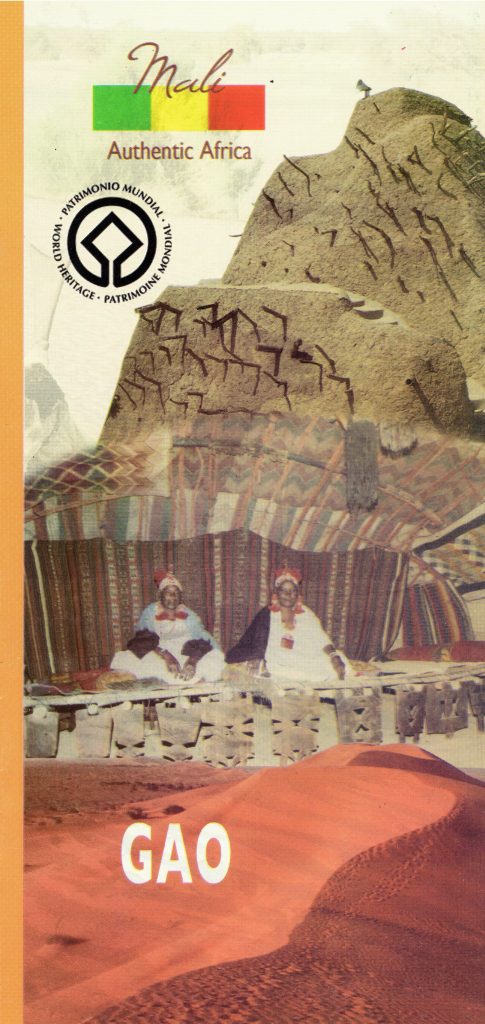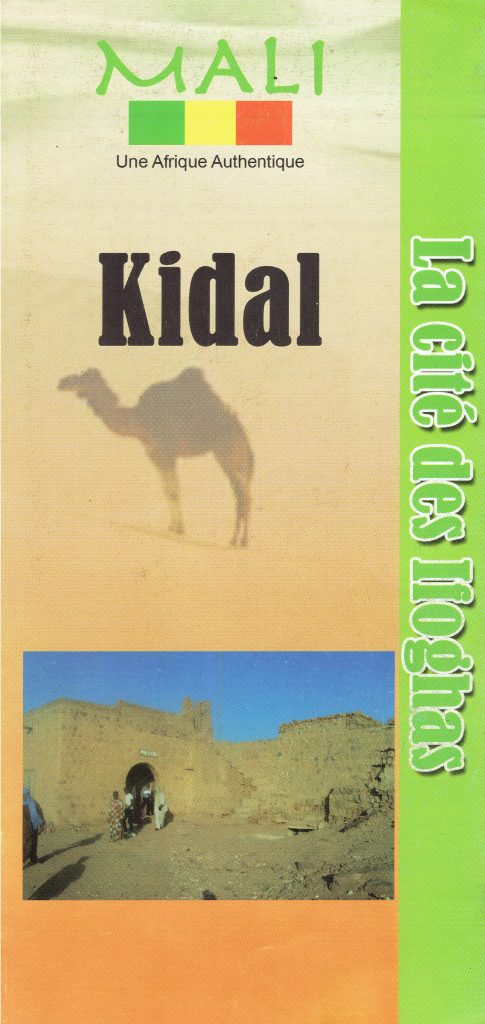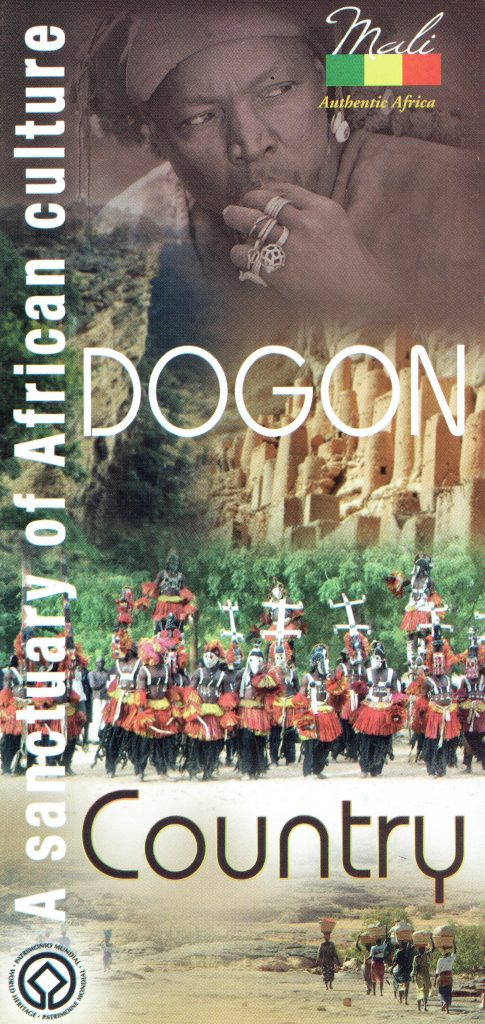Geography & People

Geography & People
GEOGRAPHY:
- Area: 1 241 238 km2
- Capital city: Bamako with 3 007 122 inhabitants (2014)
- Major cities: Bamako, Sikasso, Mopti, Koutiala, Kayes, Ségou, Gao
- Climate: Subtropical to arid ; hot and dry (March to June); rainy, humid and mild (June to October); cool and dry (November to February)
- Terrain: Mostly flat to rolling Northern plains covered by sand ; savannah in South; rugged hills in the Northeas
- Highest point: Mount Hombori (1155m)
- Lowest point: Senegal river (23m)
- Temperatures: Temperatures vary from 30 to 40° during daytime. Temperatures can reach 45° between March and May in Central, Northern and Western parts of the country. During nighttime, temperatures revolve around 25° on average and 15° between November and February, especially around Gao and Timbuktu.
Mali is located in the center of West Africa, sharing 7000 Km borders with 7 countries: Burkina Faso, Cote d’Ivoire, Guinea, Senegal, Mauritania, Algeria and Niger.
Mali is a landlocked country.
Local administration: Mali is divided into 10 Regions and the capital District of Bamako, in 708 municipalities and 11 000 villages.

Geography & People
PEOPLE:
- Population: 20 856 000 inhabitants (2021)
- Annual demographic growth: 3% (2013)
- Life expectancy: 55 years
- Religions: Islam (95%), Christianism and others (5%)
Mali’s population consists of diverse ethnic groups, with rich historic and cultural traditions. Through history, good inter-ethnic relations throughout the rest of the country were facilitated by easy mobility on the Niger River and across the country’s vast grasslands.
Mali is characterized by three main social values, symbolizing the Malian manners, hospitality and conviviality. These three values are:
–The Maya, or “humanity”
–The Diatiguiya, or “hospitality”
–The Sinankouya, or “joking kinship”.
Each ethnic group is traditionally tied to a specific occupation, all working within close proximity. The Bambara, Malinke and Dogon are farmers; the Fulani, Maur and Tuareg are nomadic herders; the Soninke or Saracolés are merchants; while the Bozo and Somono are fishers; Sonrhai, Toucouleurs, Sénoufos, Minianka and Khassonké etc.
Although each ethnic group speaks a separate language, nearly 80% of Malians communicate in Bambara, the common language of the market place.
Griots are the keepers of the tradition and make sure of its transmission from generation to generation.
AMBASSADOR'S MESSAGE

USEFUL LINKS
- Presidency of the Republic of Mali: (www.koulouba.ml)
- Prime Minister’s Office:(www.primature.ml)
- Ministry of Mining, Energy and Water:(www.mines.gouv.ml)
- Ministry of Foreign Affairs, International Cooperation and African Integration:(www.diplomatie.gouv.ml)
- Ministry of Agriculture :(www.developpementrural.gouv.ml)
- Ministry of Malians Abroad:(www.maliens-exterieur.gouv.ml)
- Ministry of Handicrafts, Culture, the Hotel Industry and Tourism:(www.culture.gouv.ml)
- Mali Touristic Promotion Agency:(www.officetourismemali.com)
- API Mali:(www.apimali.gov.ml)
- Chamber of Trade and Industry of Mali:(www.cci.ml)
- ORTM TV:(ortm.ml/)
- Essor:(www.essor.ml/)
- Embassy of Japan in Bamako:(www.ml.emb-japan.go.jp)
